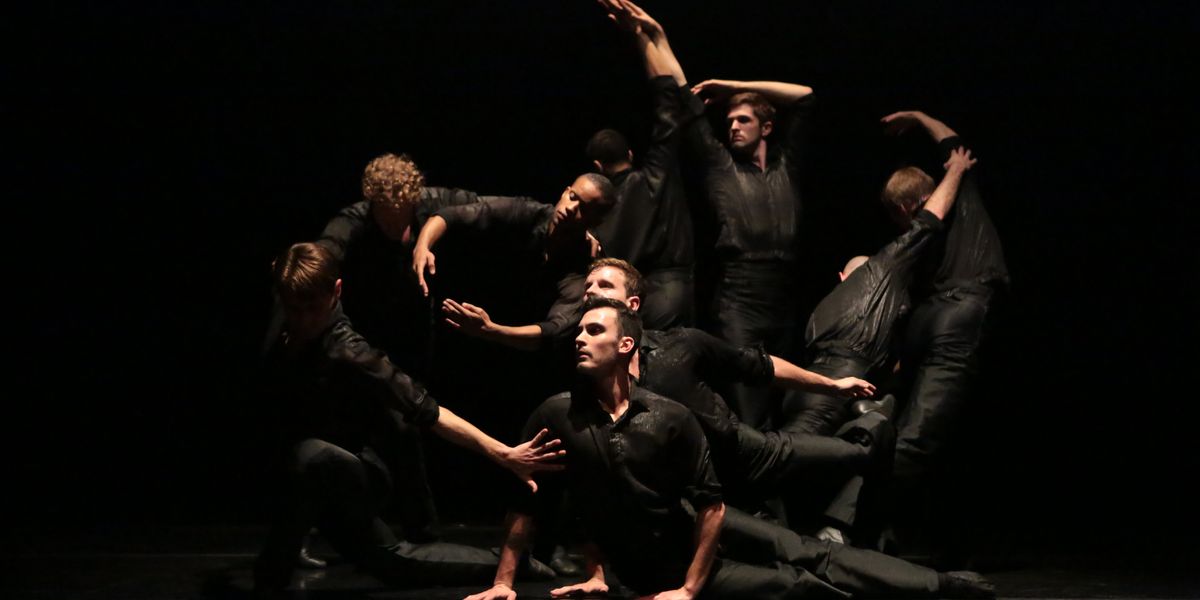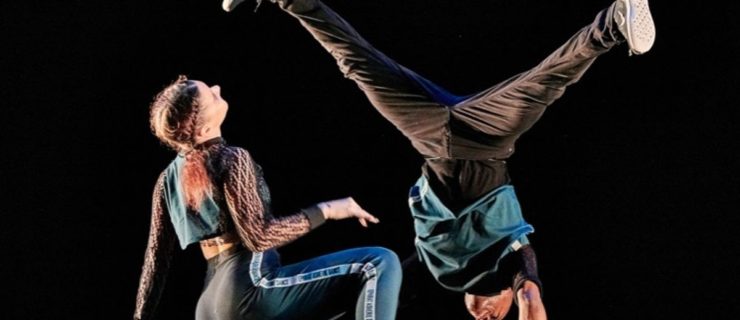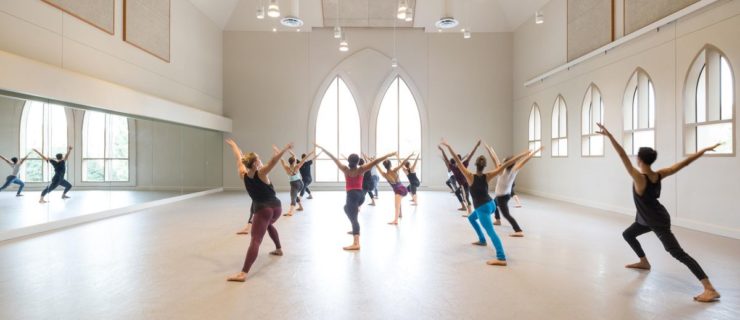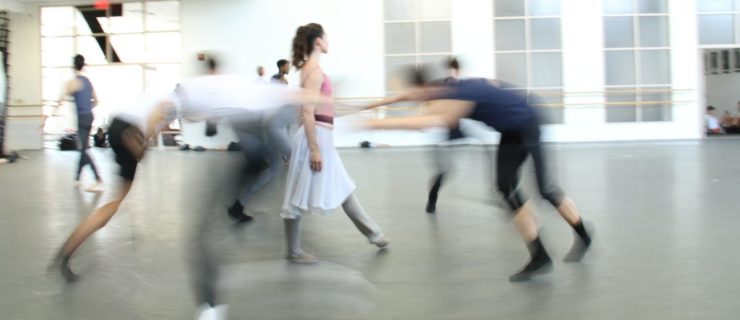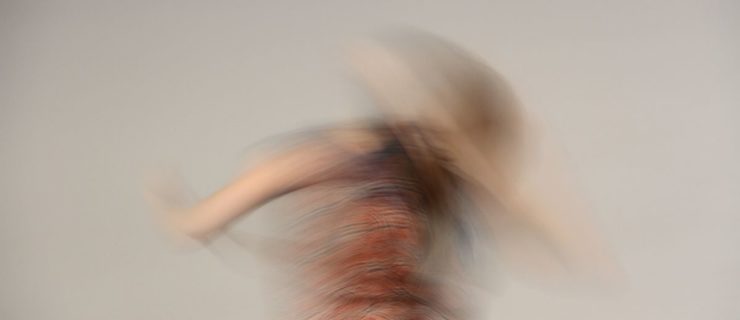Lar Lubovitch On Using Creative Blocks To His Advantage
Since starting his company in 1968, Lar Lubovitch has stood at the forefront of modern dance—although he is hesitant to label his work as “modern.”
“I’ve always felt I’ve been making dances,” he says. “I’ve always called them dances and I’ve never been one to exclude any language of movement. When I’m making a dance it’s sort of an essay of all the movement I have in my body of all the dance I’ve studied.”
After 50 years of creating dances, his work is still as technical and humanistic as ever.
We went into the studio with Lar Lubovitch Dance Company as they prepare for their 50th anniversary at The Joyce Theater next week, and spoke with Lubovitch about what continues to challenge and inspire him.
What does it feel like to have other companies celebrating your 50th anniversary?
It seemed appropriate to me because it’s kind of a looking back—a summing up of the breadth of what’s gone on over the last 50 years. The Martha Graham Dance Company has always been very close to my heart, both spiritually and aesthetically. The very first dance class I ever had was with Martha Graham so to have The Graham Company perform is nice symmetry. And The Joffrey Ballet has performed many of my dances so I’m very happy to have them as a guest.
And you will be the first choreographer to receive the Martha Graham Award.
Yes, it’s a great honor. The spirit of Martha has infused not only my career but the career of every contemporary dancer in America, whether they know it or not. So to be honored in her name is very humbling and wonderful.
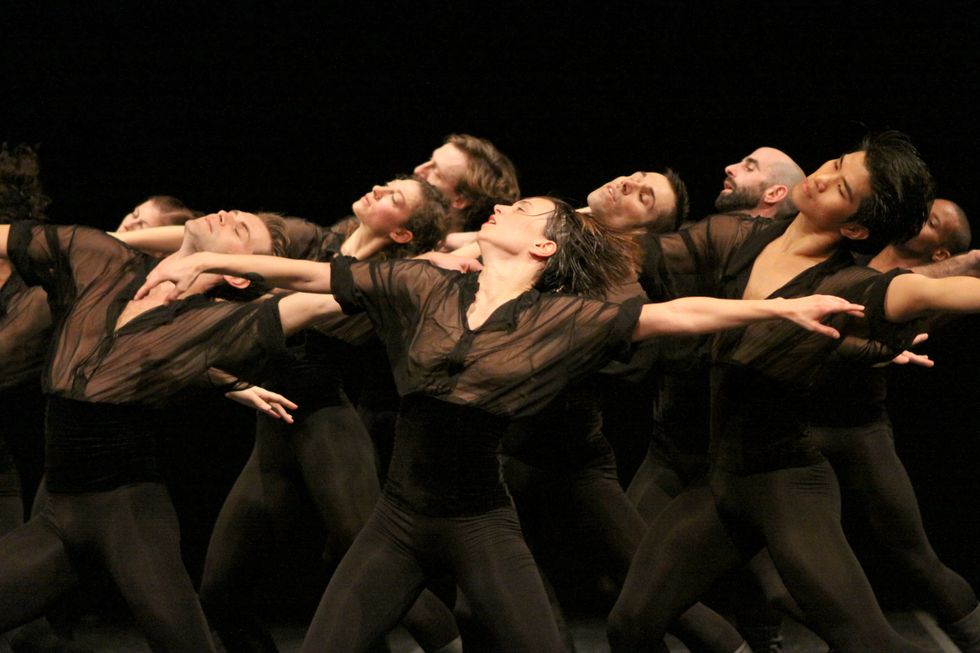
The Legend of Ten. PC Steven Schreiber
When it comes to creating new work what do you find yourself most inspired by?
Music is always a catalyst. More often than not if there’s not music, my inner eye doesn’t have the stimulation to create motion. I feel like I’m painting the music and in order to paint the music I have to have the music in my ear for a long time.
How do you move through challenges in your creative process?
Artists always claim to be blocked. It’s part of creating the tension from which creativity emerges, because tension and release are a large part of creativity. The tension of being blocked, the tension of being frightened, the tension of digging into the unknown. It’s all part of what you do when you create something and it eventually seeks release, and that release becomes a piece of art.
